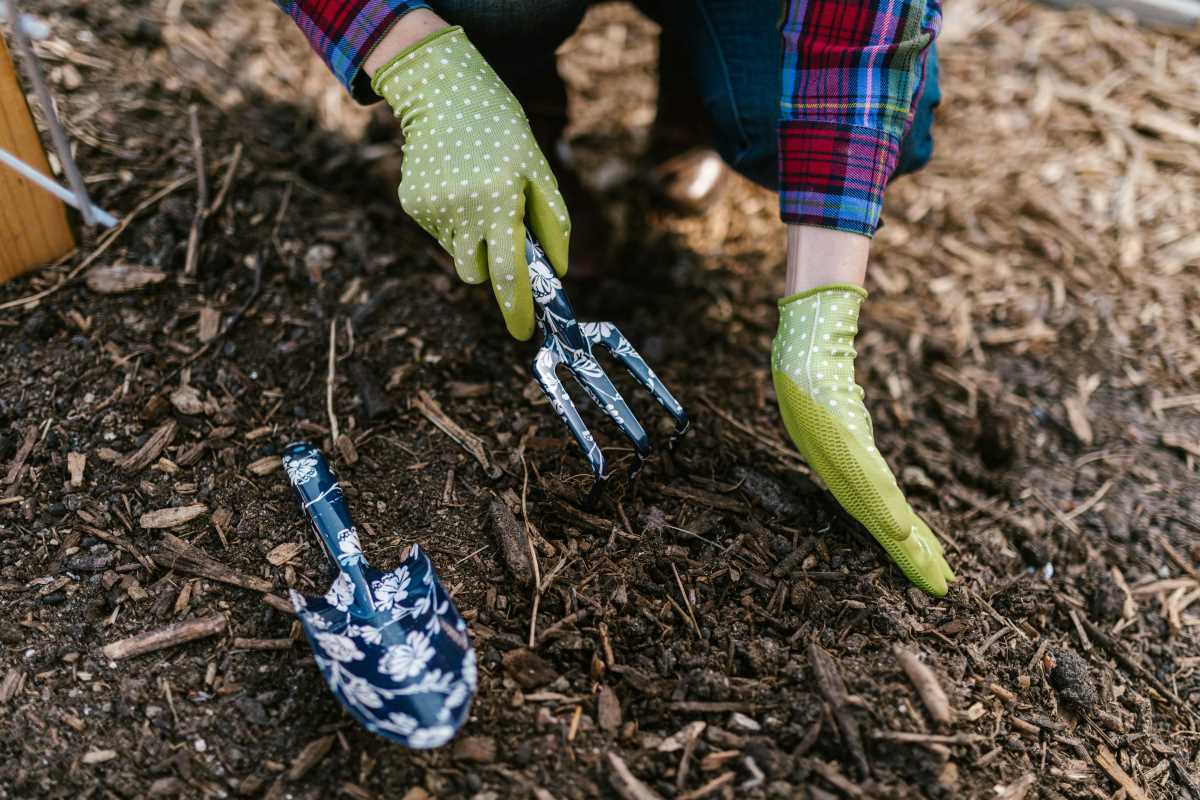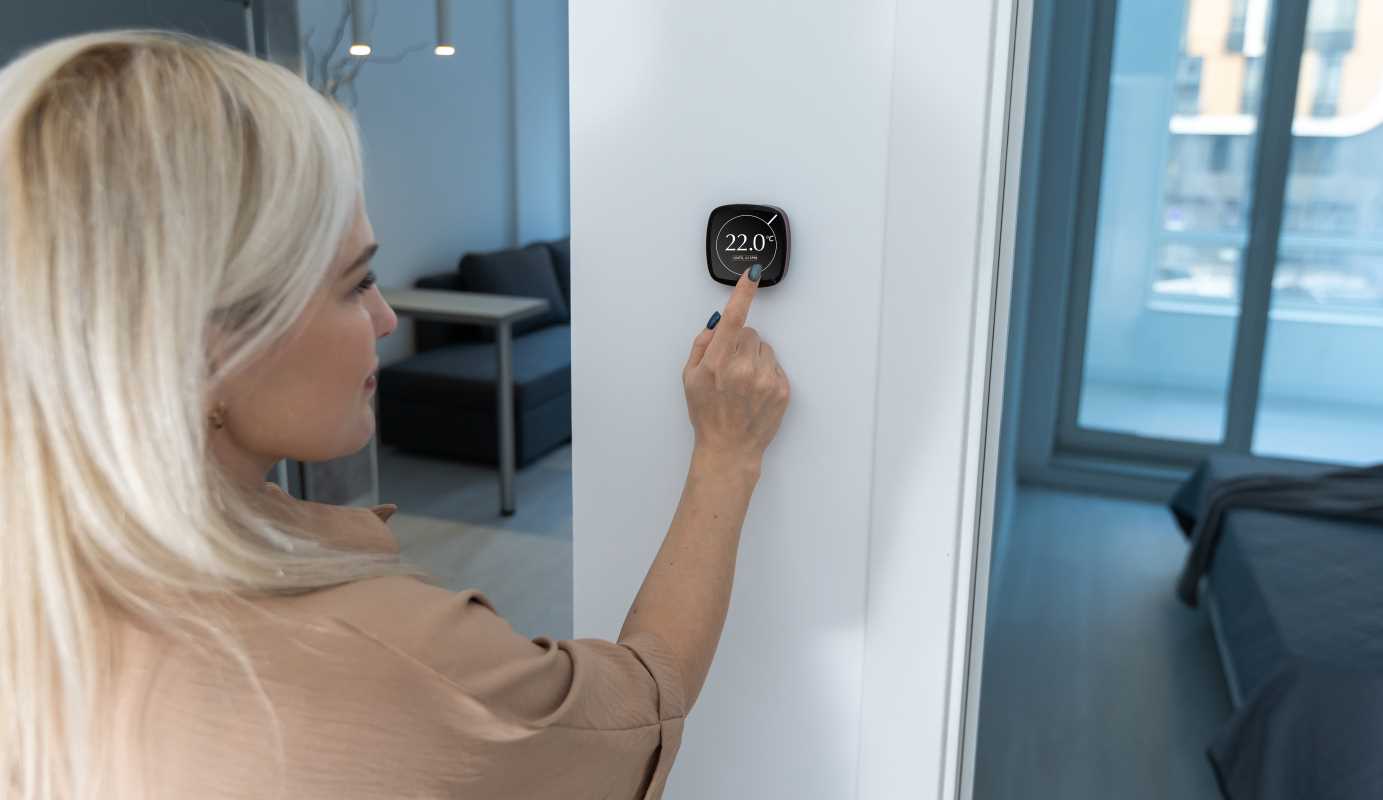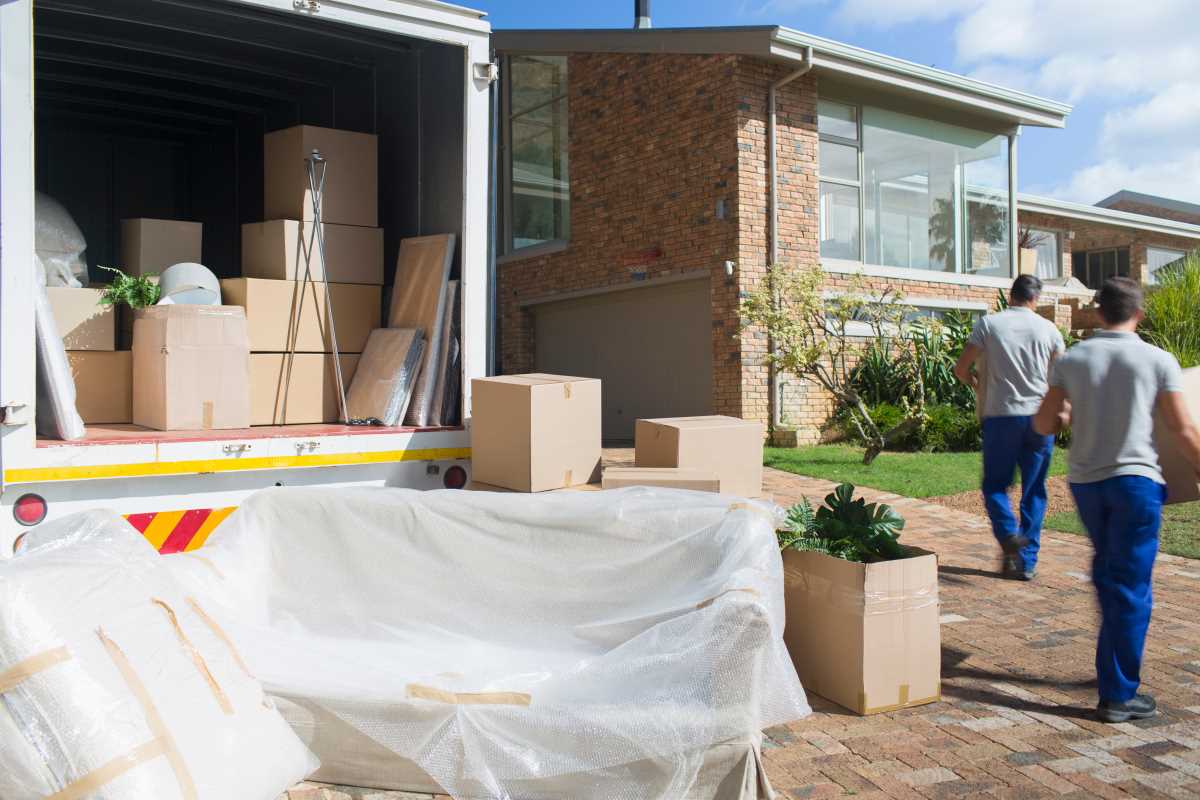Small city apartments and balconies offer more gardening potential than you might think. With a bit of planning, you can enjoy homegrown herbs, vegetables, and flowers right outside your window. Start by observing your space throughout the day to see how much sunlight reaches each corner, and pay attention to wind and temperature changes. Make a note of where the nearest water source is and consider the most convenient spots for your pots or containers. Careful observation and simple sketches will help you organize your garden efficiently, ensuring that every plant has the best chance to thrive. Taking these steps now makes your gardening efforts easier and more rewarding later on.
Set goals that fit your schedule. Maybe you want weekly salad greens or a rotating herb supply. Align plant choices with your grocery needs and available hours. With realistic aims, you avoid overcommitment and discouragement. Write down tasks, like watering days and pruning slots, in a simple calendar. This roadmap becomes your guide through planting and harvesting.
Planning Your Urban Garden
A solid plan builds confidence and reduces waste. Measure your space in square feet or inches. Track sunlight from dawn to dusk to match plants with the right light levels. Group containers by exposure—full sun, partial shade, or shade-only. This grouping conserves water and boosts productivity.
Next, consider soil depth and drainage. Shallow trays work for lettuce, but tomatoes need deeper, well-drained pots. Keep an eye on ambient temperature; concrete walls can reflect heat, stunting growth. Finally, craft a planting timeline. Schedule sowing, transplanting, and harvesting with simple milestones. You’ll finish each season with fresh produce and minimal fuss.
Choosing Space-Saving Containers
Containers define your garden’s footprint. Use balcony rail planters or stackable towers to free up floor space. Alternatively, hang small pots along a fence or wall. When selecting, check weight limits on railings and brackets to avoid mishaps.
Use either bullet points or a numbered list to outline top container types. Include details like volume, material, and cost. This format helps compare options quickly and find the best match for your layout.
Selecting Low-Maintenance Plants
Pick hardy crops that demand little fuss. Herbs like chives, mint, and thyme bounce back in varied conditions. Salad greens such as arugula and spinach grow fast and tolerate shade for part of the day. Choose dwarf tomato or pepper varieties bred for containers.
For blooms, nasturtiums and marigolds repel pests while adding color. Focusing on resilient species reduces watering and pruning needs. Mix pollinator-friendly flowers with fresh produce for an eco-friendly boost.
Time-Saving Gardening Techniques
Busy routines require efficient methods. Set up an automated drip irrigation system on a timer. Rain barrels collect free water for refills. Place self-watering pots in high-use spots for herbs accessed daily.
Use bullet points or a numbered list to detail tasks such as:
- Seed-starting shortcuts (pre-soaked seeds, heat mats)
- Mulching tips (inorganic vs. organic cover)
- Pruning schedules (pinch back growth weekly)
Integrating Smart Technology
Smart sensors monitor soil moisture and light levels on your phone. Set alerts when plants need water or when temperatures drop. Wi-Fi enabled lamps extend daylight hours for seedlings indoors. A simple app shows real-time stats, so you adapt quickly.
For a tech-savvy touch, connect your irrigation timer to local weather forecasts. Skip watering before rain and extend watering when it’s dry. These adjustments save water and cut chores in half.
Maintaining Year-Round Growth
Select cold-tolerant greens and rotate crops as seasons change. In fall, swap basil for kale and lettuces. Use frost cloths on chilly nights and reflective fabrics to increase light.
Keep soil healthy through cover crops like clover in empty pots. This practice prevents nutrient loss and keeps microbes active. When spring arrives, remove the cover, add fresh compost, and plant your next cycle.
Urban gardening suits any schedule and space. With planning, the right containers, and efficient tools, you can harvest year-round. Begin small, monitor, and refine your setup over time.
 (Image via
(Image via





